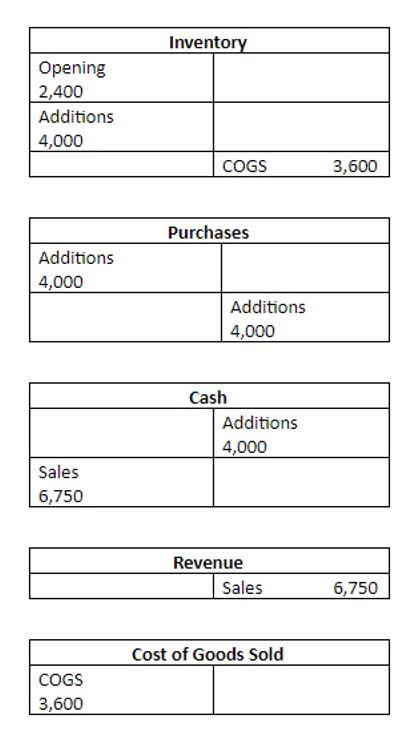Content

In contrast, CIP accounting tracks all the costs incurred in constructing a long-term asset until it is ready for use. Companies that don’t track CIP costs accurately and separately make their records more complicated than they need to be. Mixing CIP projects with others create a hazy picture of business finances as it indicates that a company is generating expenses that are producing zero profits. Thus, to keep things simple and the balance sheet balanced, it is best to keep them separate.

The international financial reporting standards dictate the recording of percentage completion in financial statements. Construction in progress impacts financial analysis by providing insights into the amount of investment tied up in ongoing construction projects. It helps evaluate the capital expenditure, profitability, and overall financial health of the business. https://www.bookstime.com/ Depreciation is calculated using several methods, including straight-line, accelerated, and units of production. Straight-line depreciation is the most commonly used method in construction in progress accounting. It involves dividing the asset’s cost by its useful life and allocating an equal amount of the cost to each accounting period over the asset’s life.
How To record CIP in accounting
CIP stands for “Carriage and insurance paid to.” When you use CIP, you need to define the place of destination – a place in the destination country that’s been agreed by both buyer and seller. International transfer costs can really cut into the profit margins of a business. CIP is one of your 11 options, and one of the ones that changed the most in the last update of the rules.
Cleaning in situ refers to the process of cleaning a system without removing it. In food processing facilities, CIP is an essential part of ensuring food safety. Cleaning effectively between production runs reduces the risk of contamination and ensures that goods satisfy quality requirements. The Certified IRB Professional (CIP) program is a certification program in the United States for those who manage cip accounting and supervise institutional review boards on a daily basis (IRBs). A Customer Identification Program (CIP) is a component of the USA Patriot Act that requires financial institutions to authenticate the identification of people seeking to make financial transactions with them. Any form of recognized transport can be used, including road, rail, sea, inland waterway, air, and any combination thereof.
The Future of Construction Is Digital: How Cloud Tools Support Hard Work
Under CIP, LG is responsible for all freight costs and minimum insurance coverage to deliver the tablet computers to the carrier or appointed person for Best Buy at an agreed-upon destination. Once the shipment is delivered to the carrier or appointed person for Best Buy, LG’s obligation is complete, and Best Buy assumes full risk and responsibility for the shipment. Accounting for CIP can be challenging due to factors like estimation of costs, tracking the progress of multiple projects concurrently, and ensuring compliance with accounting standards.

The most common capital costs include material, labor, FOH, Freight expenses, interest on construction loans, etc. Terminal Handling Charges (THC) are charges made by the terminal operator. These charges may or may not be included by the carrier in their freight rates – the buyer should enquire whether the CPT price includes THC, so as to avoid surprises.
Why Auditors Target Construction Companies?
Because the CIP includes financing issues, the municipality may want to seek advice from their financial advisor and/or bond counsel. Essentially, the plan provides a link between a government or corporate entity and a comprehensive and strategic plan and the entity’s annual budget. It is crucial to record the expenditures in the accounting period in which they took place. Delaying the documentation of costs in the CIP account should be avoided as it can result in accounting discrepancies and breaches of regulatory requirements. This percentage completion appropriation method is most common when a contract of delivering a large number of similar assets is made. For instance, it can be a contract to manufacture tires for a car manufacturing company.
Carriage and insurance paid to (CIP) means that the seller will pay freight and insurance when sending goods to someone they choose at a location they both agreed on. The seller has to insure the goods being sent for 110% of their contract value. CIP is an Incoterm, which is devised by the International Chamber of Commerce (ICC) and accepted worldwide. For example, the debt-to-equity ratio may increase during the construction phase due to increased borrowing for project funding. Additionally, metrics like return on assets (ROA) may fluctuate as CIP balances change. In cost to cost method, all the cost incurred to the date is divided by the project’s total expected cost.
